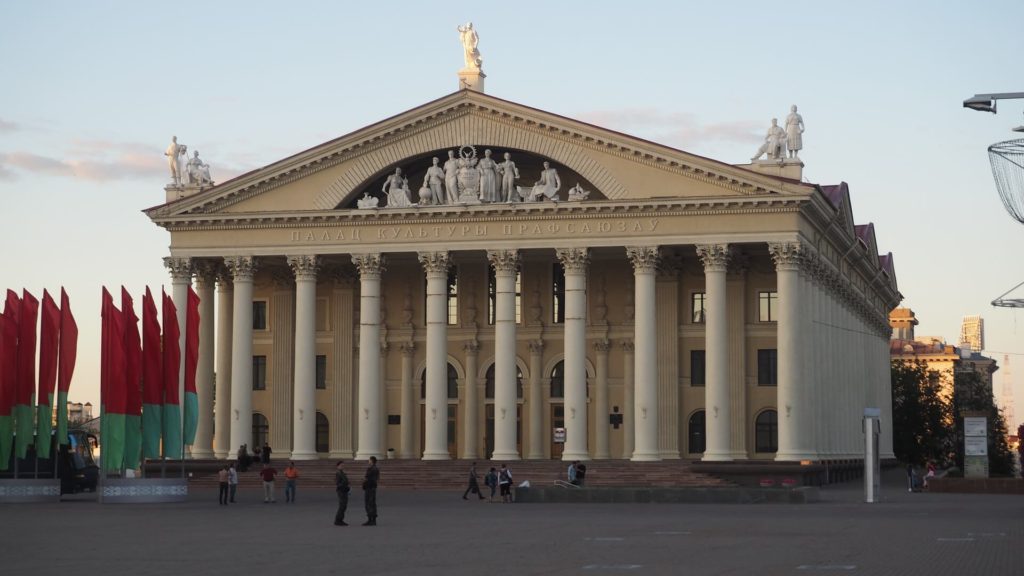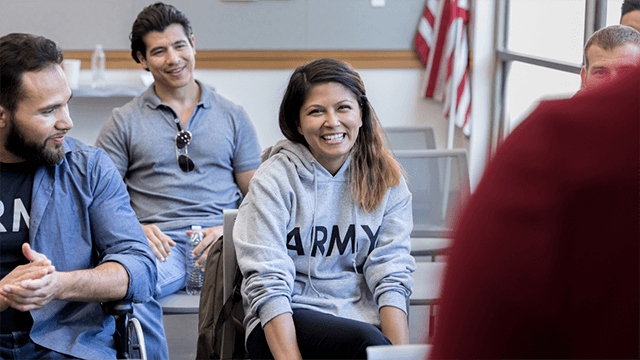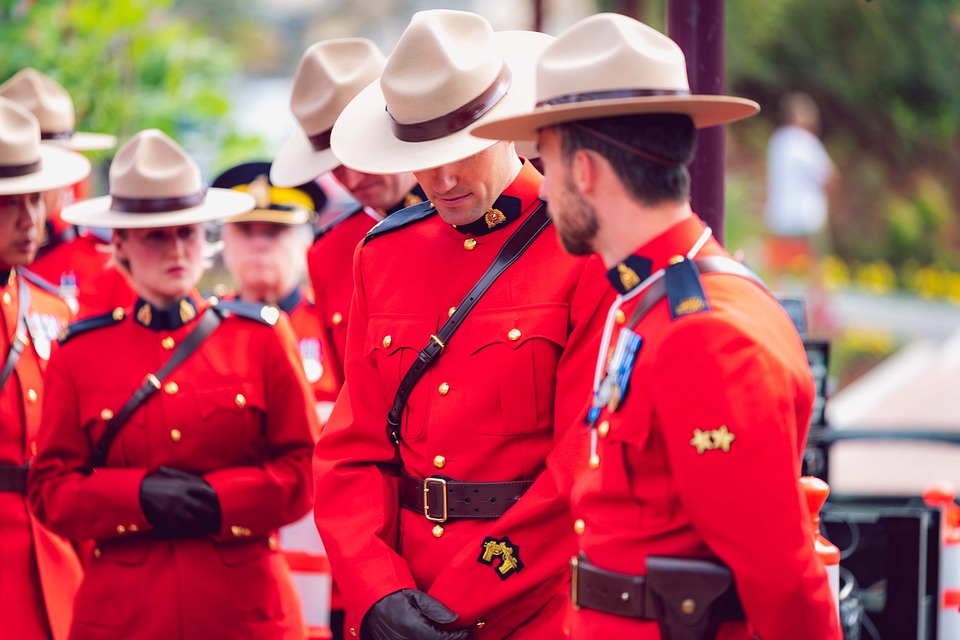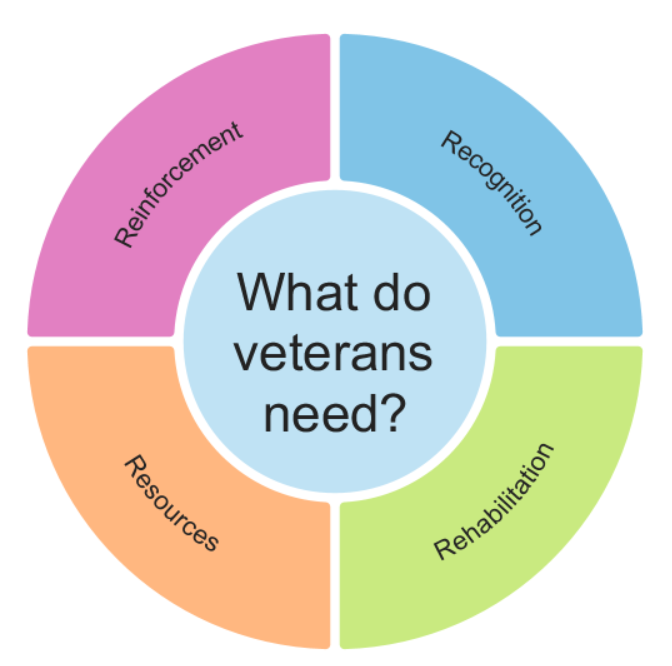Yuliya Brel-Fournier
PhD Assistant Policy Scientist CADSR, University of Delaware 111 Academy St., Office 286 Newark, DE 19716 Phone: (732) 610-5853 E-mail: ulenka@udel.edu
On March 17, 1991, a referendum was conducted in the USSR. The question put to voters asked them if they considered it necessary to preserve the Soviet Union ‘as a renewed federation of equal, sovereign republics, in which the rights and freedoms of people of all nationalities [would] be fully guaranteed’. In the Belarusian Soviet Socialist Republic (BSSR), almost 83% of the referendum participants said ‘yes’ to the question. About nine months later, on December 8, 1991, representatives of Belarus, Ukraine, and the Russian Federation signed the Belavezha Accords proclaiming the end of the Soviet Union’s existence. That decision contradicted what the majority of the population in the BSSR had expressed their support for during the March referendum. Therefore, in 1991, Belarusians became independent quite unexpectedly for themselves. In July 1994, during the first and only truly democratic presidential election, Belarusians elected Alexander Lukashenko as their first president. At that point in Belarusian history, no one could foresee that the same person would run for presidency for five more consecutive times.
Within his first few years in power, Lukashenko managed to improve the deplorable economic situation in which Belarus found itself right before and after the collapse of the Soviet Union. However, the success was conditioned primarily by exogenous factors not connected with Lukashenko’s domestic economic policy. The factors included favorable external markets, subsidized loans and low-cost energy resources provided by Russia, and re-export of energy resources, to name just a few. The economic growth encouraged Lukashenko to try to promote his political agenda. He was looking for ways to eliminate presidential term limits and consolidate his personal power making it virtually unlimited. The goals were reached by introducing amendments to the Belarusian constitution through three national referenda held in 1995, 1996, and 2004. The main results of the referenda were an increase in the powers of the president, bringing under his control all three branches of government, and complete elimination of the presidential term limits. In 2005, then Secretary of State Condoleezza Rice dubbed Belarus ‘the last dictatorship in the center of Europe’.
Between 1994 and 2015, Lukashenko managed to win every presidential election with relatively little resistance on the part of the opposition. One of the reasons for that could be the president’s ability to provide the people of Belarus with an economic growth. In exchange, the people provided their leader with loyalty. By 2015, due to various factors, ensuring a steady economic growth had become a problem for the Belarusian government. But the events of 2014 in neighboring Ukraine helped Lukashenko persuade voters that their well-being was not so important at the moment. What was important was peace in Belarus, and he was the only guarantor of it. Apparently, the citizens of Belarus were quite apprehensive of what was happening in Ukraine at that time. It came, thus, as no surprise that during the presidential election in 2015, 84% of voters supported Lukashenko for the fifth time.
Five years later, in August 2020, Lukashenko was running for presidency for the sixth consecutive time. After the Central Commission on Elections announced the preliminary results of about 80% in his favor, the Belarusian society erupted. The citizens of Belarus took to the streets to protest against what they believed to be a fraudulent election. Mass protests continued for months on accompanied by unprecedented cruelty and sadism of the riot police and resulted in at least 35,000 people detained and over 1,000 political prisoners.
Western democracies did not recognize Lukashenko as a legitimate president of Belarus and imposed new economic sanctions on the country. Political isolation and strengthened economic sanctions made Lukashenko even more dependent on his eastern colleague, Russian president Vladimir Putin. After the protests of 2020, Lukashenko’s position was seriously shaken. He needed to ensure that he would not lose power until the end of his current term, and that the transition of power after that would go smoothly without his personal safety, freedom, and assets being jeopardized. Putin was ready to support Russia’s only ally to its west, but that support would come with certain strings attached.
In April 2021, Belarus began deploying its military forces on the border with Ukraine, which closely resembled the similar actions of Russia. In September 2021, Belarus and Russia conducted a joint military exercise called Zapad-2021, which some military analysts expected to result in Russia’s lasting military presence on the territory of Belarus. In November 2021, almost eight years after Russia had annexed the Crimean Peninsula from Ukraine, Lukashenko finally recognized Crimea as Russian not only de facto, but also de jure. He also offered to let Russia deploy its nuclear weapons in Belarus, which until February 27, 2022, would be against the Belarusian constitution (on that day the constitution was amended yet again via a referendum resulting, among other things, in Belarus renouncing its non-nuclear status). In response, Russia provided Belarus with $2 billion in loans which Belarus needed desperately as the country was scheduled to pay over $3 billion in debts in 2022 alone. In spite of the loans, at the beginning of March 2022, the World Bank forecast that Belarus was nearing a default due to the new sanctions imposed on it for its role in the Russian invasion of Ukraine.
In January 2022, Russia began shifting its troops to Belarus, allegedly, for another joint military exercise United Resolve. The exercise began on February 10, 2022. It involved up to 30,000 troops according to the NATO Secretary General Jens Stoltenberg. The deployment of the Russian troops in Belarus as well as in southern Russia and Crimea made Ukraine surrounded on three sides.
Lukashenko emphasized more than once that it was his idea to invite Russian troops, presumably as a counter measure for the presence of NATO troops in Poland and the Baltic states, and Ukraine’s military activity on the border with Belarus. The United Resolve military exercise was supposed to end on February 20, 2022; however, the Russian troops did not leave Belarus after that date. Four days later, on February 24, 2022, the territory of Belarus became one of the staging grounds for Russia to launch its attack on Ukraine. Having offered the territory of Belarus for the Russian army’s assault, Lukashenko turned his country into Russia’s accomplice in the war against its neighbor and, by extension, into an aggressor state.
The current war in Ukraine is the result of Putin’s personal ambitions, and the empire mindset of the Russian society as a whole and its president in particular. It is also the result of Putin’s and his circle’s miscalculations with regard to Ukrainians’ attitude to Russia, their own government, independence, and the strength of their national consciousness. Finally, the war is the outcome of Putin’s and his milieu’s complete disregard for democratic norms, the value of human lives (both Russian and Ukrainian), and for the right of other countries to choose how they want to live.
Unlike Belarus, which in 1991 did not want to leave the Soviet Union, Ukraine strived for independence. A referendum on the Act of Declaration of Independence was held in Ukraine on December 1, 1991. The idea was supported by an overwhelming majority of voters – more than 92%. From that time on, Ukraine has always had some pro-EU/pro-NATO aspirations, again unlike Belarus. It does not mean that the citizens of Ukraine unanimously supported the pro-European vector of the country’s development. Ukraine is a large country with about 40 million people. It is a multiethnic and multilingual society. Its eastern part, from Kharkiv Oblast to Donetsk, Luhansk, and Crimea, has always been regarded as predominantly Russian with the majority of the population being Russian speakers. Ukrainian presidents could be pro-Western or pro-Russian, like Yanukovych, who in 2014 had to flee to Russia after being deposed as a result of protests. Regardless of their political leanings, Ukrainian presidents have been changing regularly by means of elections throughout Ukraine’s independence history. In contrast to Ukraine, the Belarusian president has been in power for 28 years already. On February 27, 2022, he amended the constitution through a ‘referendum’ yet again, and reintroduced term limits for holding the office of the president. However, the amendment went into effect only after the referendum and allowed Lukashenko to participate in presidential elections two more times. This means he can potentially stay in power until 2035.
Even though Russia never wanted to let Ukraine out of its sphere of influence, it did not openly show its discontent with Ukraine’s EU aspirations until after the Nord Stream 1 system of pipelines was laid under the Baltic Sea. From that time on, Ukraine’s own gas transmission system that connected gas transmission systems of Russia, Belarus, and a number of Central and Eastern European countries became less important for Russia. At the end of 2013, Ukraine failed to sign an Association Agreement with the EU due to Russia’s interference. The failure engendered protests which resulted in a hundred people’s death, Yanukovych fleeing to Russia, and Russia annexing Crimea and beginning to support pro-Russian separatists in the Donetsk and Luhansk regions of Eastern Ukraine.
As for Belarus, since the country never declared any desire to become part of Europe in any way, the Belarusian dictator could count on his Russian counterpart in any situation. Russia has always supported Belarus with cheap oil and gas, and endless subsidies. When anti-Lukashenko protests started in Belarus after the presidential election of August 2020, Putin was ready to send Russian troops to the country if necessary. Supposedly, at that time Belarus was ‘saved’ from a Russian invasion thanks to the absence of pro-European choice demands during the protests. It can be posited, however, that Belarus was invaded in January-February 2022, when no less than 30K Russian servicemen together with all types of armament were brought to the Belarusian territory under the guise of conducting a joint military exercise. Since the Russian troops never left Belarus after the military exercise was completed, it is hard to escape a conclusion that they were brought to Belarus to help Russia surround Ukraine and launch an attack on it on February 24 of the same year.
Even though at the beginning of Russia’s assault on Ukraine many people in Russia supported the war, not everybody did. There were protests which resulted in thousands of people being arrested and detained. Some protests took place in Belarus as well. Speaking openly against the war is dangerous in both countries at the moment. Nevertheless, some veterans have voiced their opinions and condemned the war. In Russia, the retired Colonel-General Leonid Ivashov released a statement against Russia’s invasion of Ukraine. The statement was made about a month before the invasion. It warned that the current external threats to Russia did not warrant a war, and that a war could put into question Russia’s existence as a state and turn Russians and Ukrainians into mortal enemies. In Belarus, the reserve Lieutenant-Colonel Valerij Sakhaschik issued a video address to the Belarusian military urging them not to follow the unlawful orders to commit an assault on Ukraine. As of now, there is no confirmed evidence to prove that the Belarusian army is actually directly involved in the combat activity in Ukraine.
Whether or not the Belarusian military is engaged in active combat in Ukraine does not replace the fact that due to Belarus’ offering its territory to Russia to attack Ukraine, Belarus is now an aggressor country too. And just like Russia, it is subject to the numerous sanctions imposed on both countries by the world community. The Belarusian ruble is plunging, and the country is moving from a deep economic crisis to a potential default. As for Belarus’ political and geopolitical prospects, many experts believe that the country will not emerge from this conflict as an independent state. It is possible that Belarus’ sovereignty might have been effectively traded by Lukashenko for some guarantees for him to keep his personal power at least until the end of his current presidential term. It also seems that, unfortunately for Belarus, a change of its authoritarian regime to a democratic one may only be possible if the Russian regime changes as well. Until then Belarus will remain Russia’s economic and political hostage.







